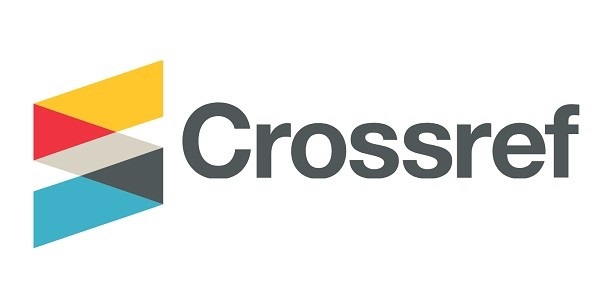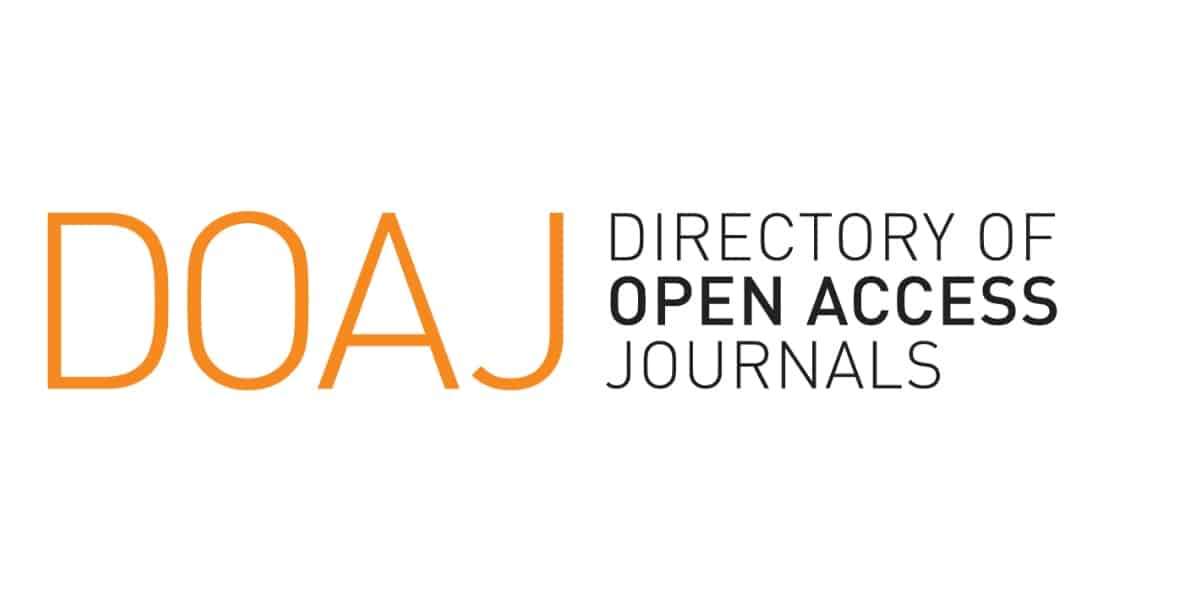POTENTIAL RECYCLING OF INDUSTRIAL EFFLUENT FROM
Abstract
ABSTRACT
The objectives of this experimental work were to determine the recycling method of and to analyze potential benefits derived from wastewater generated from the manufacturing of polymeric poly propylene. The industry consumes 27 m3/hour of groundwater; half of it is processed further to demineralized water which then more than half is used for cooling process in the pelletizing unit. This process produces effluent that contains dissolved and particulate matters, especially dust of polymer. The effluent is so far discharged to the sea after minimum treatment to reduce particulate content. Recycling of the effluent back to the pelletizing process is expected to reduce the overall of water usage. Standard quality of water mainly pH, conductivity, silicone dioxide and Total Suspended Solid (TSS) must be met for this recycling purpose. The laboratory analysis of the effluent show that except for the pH which was slightly decreasing, the other three parameters are significantly increasing. Considering the characteristics of the effluent, an experiment is set up to evaluate the feasibility of filtration technique to treat the effluent to an acceptable degree of quality. The filters made of stainless steel having pore size of 13, 100, 125, 200, 250 and 325µm with the diameter of 24 cm were used to filter the effluent at the temperatures of 30, 50, and 70 oC. The results show that pore size and the process temperature do not significantly affect the pH and conductivity, but considerably reduce the silicone dioxide and TSS contents. Pore size of 325 µm leads to silicon dioxide content of above 0.1 mg/L (violating standard), whereas the rest meeting the standard. The smaller the pore size the lower the TSS content of the effluent, but only filters with pore size of 13, 100, and 125 µm can satisfy the standard of TSS content being close to zero. Pore size of 13 produces effluent with the lowest conductivity of 8.74 ± 0.06 µS/cm which is slightly less than the standard of below 10 µS/cm. This indicates the need for the treated effluent to be mixed with fresh demineralized water in order to be used safely. The ratio of the treated effluent to fresh demineralized water of 5:1 is the optimum composition to meet the standard of conductivity value and the potential saving derived from the recycling. A number of benefits obtained from the recycling include saving on the water usage (43%), chemical usage (43%), electricity (42%) which adds up to a reduction of 39% of overall cost of demineralized water production, and a reduction of 14 kg/day of solid waste to the environment.
Keywords: reuse, recycling, wastewater, polypropylene manufacturing, filtration, effluent.
_page-00013.jpg)






